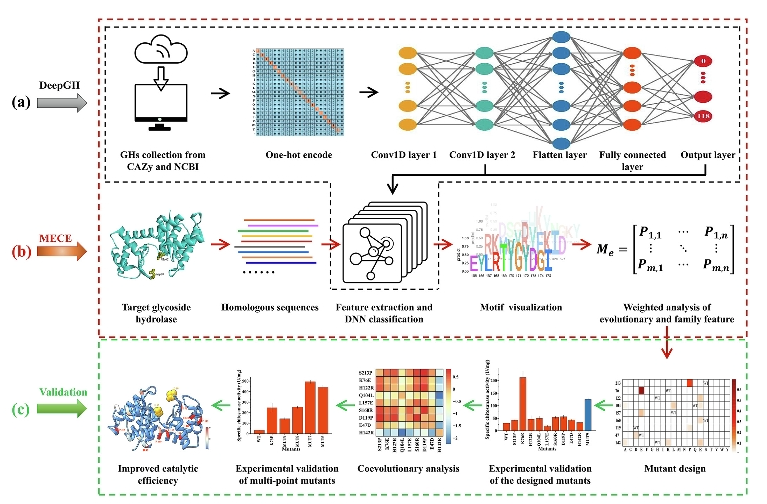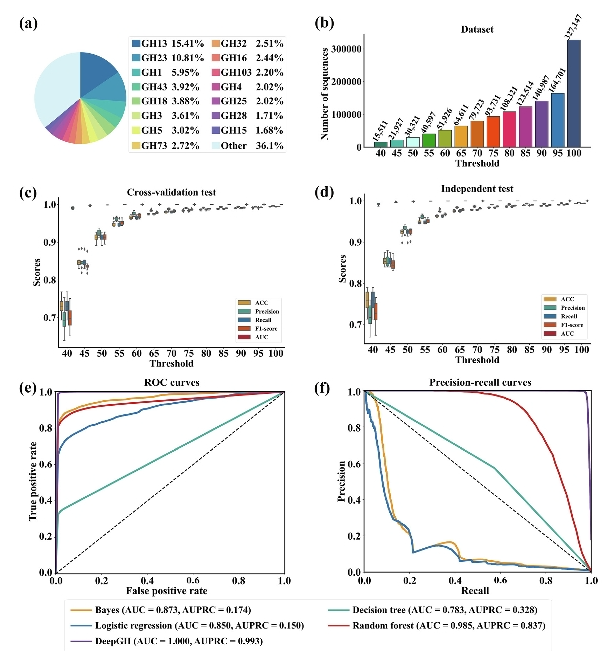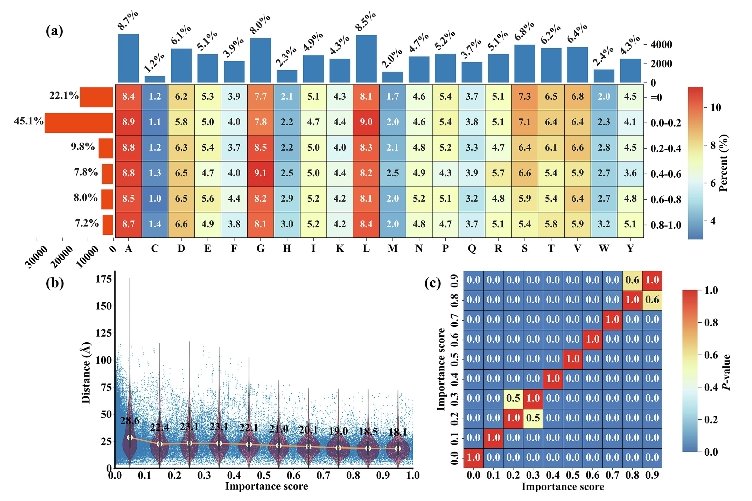Abstract:
The demand for high efficiency glycoside hydrolases (GHs) is on the rise due to their various industriaapplications. However,improving the catalytic efficiency of an enzyme remains a challenge. Thisinvestigation showcases the capability of a deep neural network and method for enhancing the catalytiefficiency (MECE) platform to predict mutations that improve catalytic activity in GHs. The MECtplatform includes DeepGH, a deep learning model that is able to identify GH families and functionalresidues. This model was developed utilizing 119 GH family protein sequences obtained from theCarbohydrate-Active enZYmes (CAZy) database. After undergoing ten-fold cross-validation, theDeepGH models exhibited a predictive accuracy of 96.73%. The utilization of gradient-weighted classactivation mapping (Grad-CAM) was used to aid us in comprehending the classification features, whichin turn facilitated the creation of enzyme mutants. As a result, the MECE platfortm was validated with thedevelopment of CHIS1754-MU17, a mutant that boasts seven amino acid substitutions. The ka/Km 0fCHIS1754-MUT7 was found to be 23.53 times greater than that of the wild type CHIS1754. Due to its highcomputational effciency and low experimental cost, this method offers significant advantages andpresents a novel approach for the intelligent design of enzyme catalytic efficiency. As a result, it holdsgreat promise for a wide range of applications.
Key Words:
MECEDeep learningCatalytic efficiencyGlycoside hydrolasesFeature extraction





